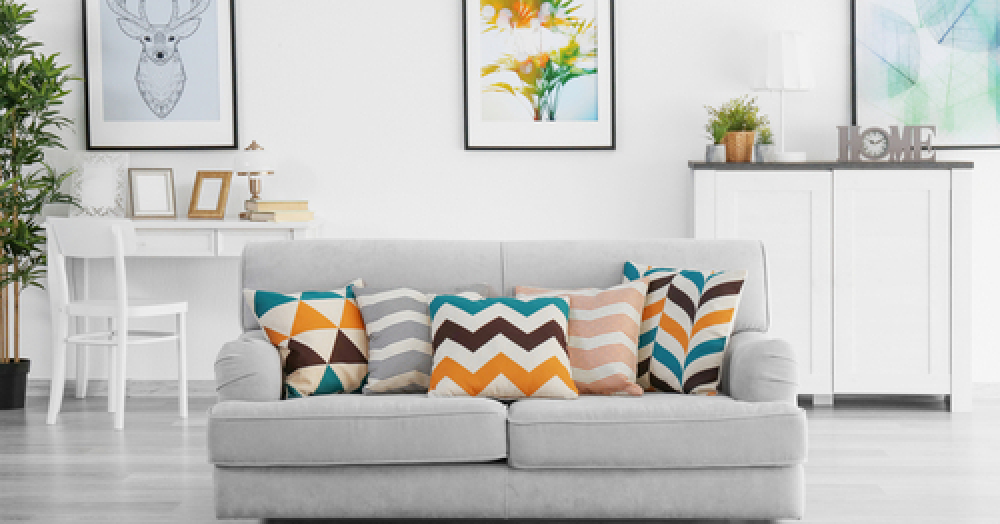
Landlords: Furnished or unfurnished properties?
Will your property be rented out faster if it’s furnished or unfurnished?
Landlords often ask us if they should advertise property furnished or unfurnished. The best solution – be flexible. There are benefits for landlords who are able to chop and change according to a tenant’s needs.
It is certainly not unheard of to advertise a property as unfurnished, only to have the tenant ask for furniture. Then, once the furniture is installed at the property, the next tenant asks that it be removed. The changes might be a bit frustrating to landlords but a little flexibility will serve you better in the long run.
Higher rent for a furnished property?
Furnishing a property does not absolutely guarantee that you will be able to charge more rent for it. In most cases you will be able to, but the difference is not as much on a monthly basis as you might expect. Having said that, some exclusive properties will almost be required to be furnished to an exceptional standard.
Who wants furniture and who doesn’t?
As a generalisation, tenants renting a one or two bedroom property are more likely to be looking for a furnished flat. On the flip side, larger houses, where the landlord is hoping to attract families who probably already have furniture, are in greater demand when let unfurnished. Corporate clients looking to house overseas people will likely require furnished accommodation. But you always get exceptions to the norm, and you will eventually be able to find tenants for unfurnished small properties and furnished large properties.
It might seem better to just tell prospective tenants who want a level of furnishing that you are not offering to buy or dispose of the furniture or find a new property to rent.
But consider this:
1. Tax benefits for landlords who offer furnished properties – If you let out residential property (a dwelling house) you may be able to claim a deduction for the cost of replacing domestic items such as:
-
Movable furniture for example beds, free-standing wardrobes
-
Furnishings for example curtains, linens, carpets, floor coverings
-
Household appliances for example televisions, fridges, freezers
-
Kitchenware for example crockery, cutlery
2. Attract the best tenants – if you are able to be flexible with the furnishings then you will be able to choose from the best tenants available, rather than potentially losing reliable tenants to a landlord who will accommodate them.
3. Limit the amount of time the property is empty – if you are able to furnish the property to the level that makes a prospective tenant happy, you won’t waste time telling that tenant to find the level of furnishing that they would like while searching for another tenant who wants what you are offering. If you show the tenant that you are willing to be flexible up front, they may be more inclined to rent the property for longer, as chances are they will be happier with your relationship with them.
But what if the next tenants who rent that property don’t want the furniture?
You have several options:
1. Sell the furniture – list the furniture on EBay or even take it to a car boot sale. If the furniture isn’t in good enough condition to sell then it is likely that you would’ve had to replace it for the next tenant anyway. Save on removals costs by listing the furniture on Freecycle or Gumtree, stipulating that whoever wants it must pick it up.
2. Store the furniture – yes, storage will cost you money, but if the furniture is good quality and you could use it again, it might be a good option, particularly if you shop around for the best deal.